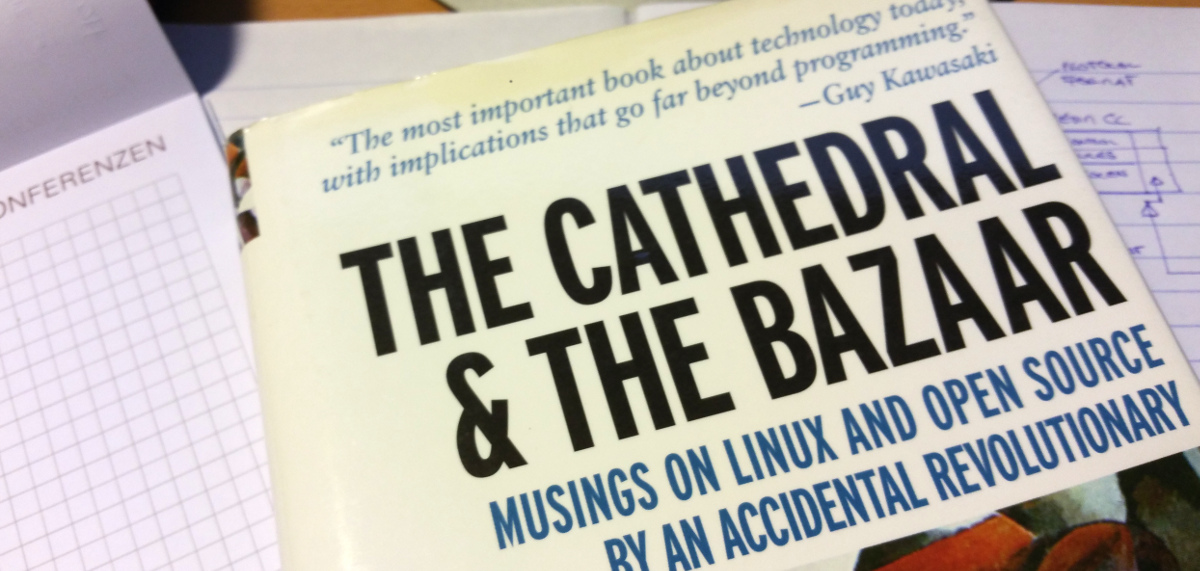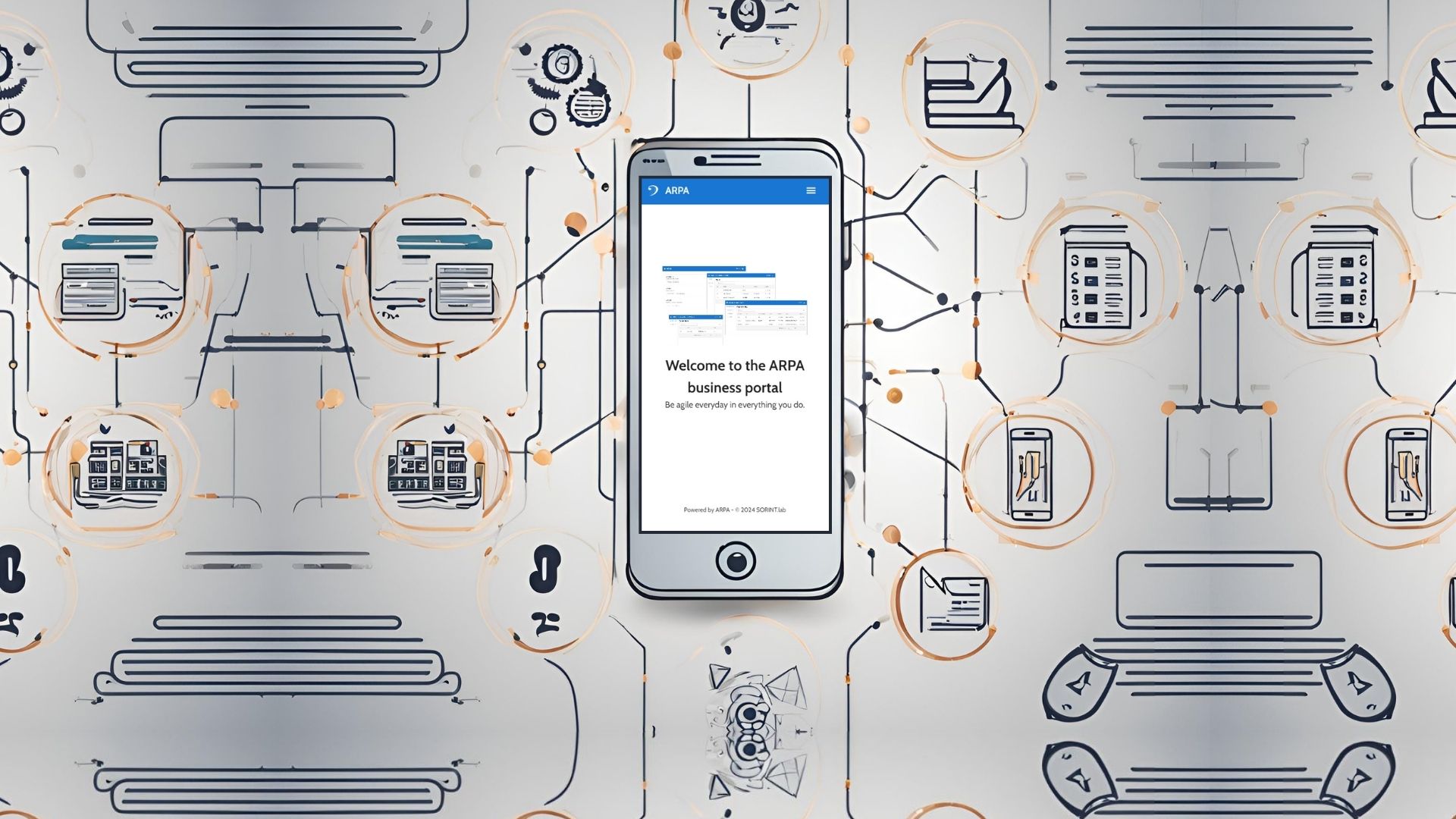The Cathedral, the Bazaar and Agile development
-
Simone Rossi
- 03 Jul, 2023
- 03 Mins read

I was inspired by a chat in the Security Enabler channel, reminding me the "Cathedral and the Bazaar". I read the essay long time ago when I was actively interested in OSS - and I admit couldn't understand it very well though! For those who don't know it, the Cathedral and the Bazaar is an essay written by Eric Steven Raymond in 1997, and that a few years later became a book.
It talks about theories on software engineering suggested by the history of Linux: he discusses these theories in terms of two fundamentally different development styles, the “cathedral” model of most of the commercial world versus the “bazaar” model of the Linux Kernel.
In the Cathedral model, source code is available with each software release, but code between releases is restricted to an exclusive group of software developers. The software is "carefully crafted by individual wizards or small bands of mages working in splendid isolation, with no beta to be released before its time". In the Bazaar model instead, the code is developed over the Internet and open to everyone, resembling "a great babbling bazaar of differing agendas and approaches out of which a coherent and stable system could seemingly emerge only by a succession of miracles."
But why do I - as an agilist - care about this essay? Because throughout the book it envisions principles that will be recalled in the Agile manifesto and by UX people years and years after.
- Every good work of software starts by scratching a developer's personal itch
- Good programmers know what to write. Great ones know what to rewrite (and reuse)
- Plan to throw one version away; you will, anyhow
- If you have the right attitude, interesting problems will find you
- When you lose interest in a program, your last duty to it is to hand it off to a competent successor
- Treating your users as co-developers is your least-hassle route to rapid code improvement and effective debugging
- Release early. Release often. And listen to your customers
- Given a large enough beta-tester and co-developer base, almost every problem will be characterized quickly and the fix obvious to someone
- Smart data structures and dumb code works a lot better than the other way around
- If you treat your beta-testers as if they're your most valuable resource, they will respond by becoming your most valuable resource
- The next best thing to having good ideas is recognizing good ideas from your users. Sometimes the latter is better
- Often, the most striking and innovative solutions come from realizing that your concept of the problem was wrong
- Perfection (in design) is achieved not when there is nothing more to add, but rather when there is nothing more to take away
- Any tool should be useful in the expected way, but a truly great tool lends itself to uses you never expected
- When writing gateway software of any kind, take pains to disturb the data stream as little as possible - and never throw away information unless the recipient forces you to!
- When your language is nowhere near Turing-complete, syntactic sugar can be your friend
- A security system is only as secure as its secret. Beware of pseudo-secrets
- To solve an interesting problem, start by finding a problem that is interesting to you
- Provided the development coordinator has a communications medium at least as good as the Internet, and knows how to lead without coercion, many heads are inevitably better than one
I highlighted principle number 7 because it's the heart of Agile product development, but I think all of them are true and really actual (even though they have more than 15 years!)







